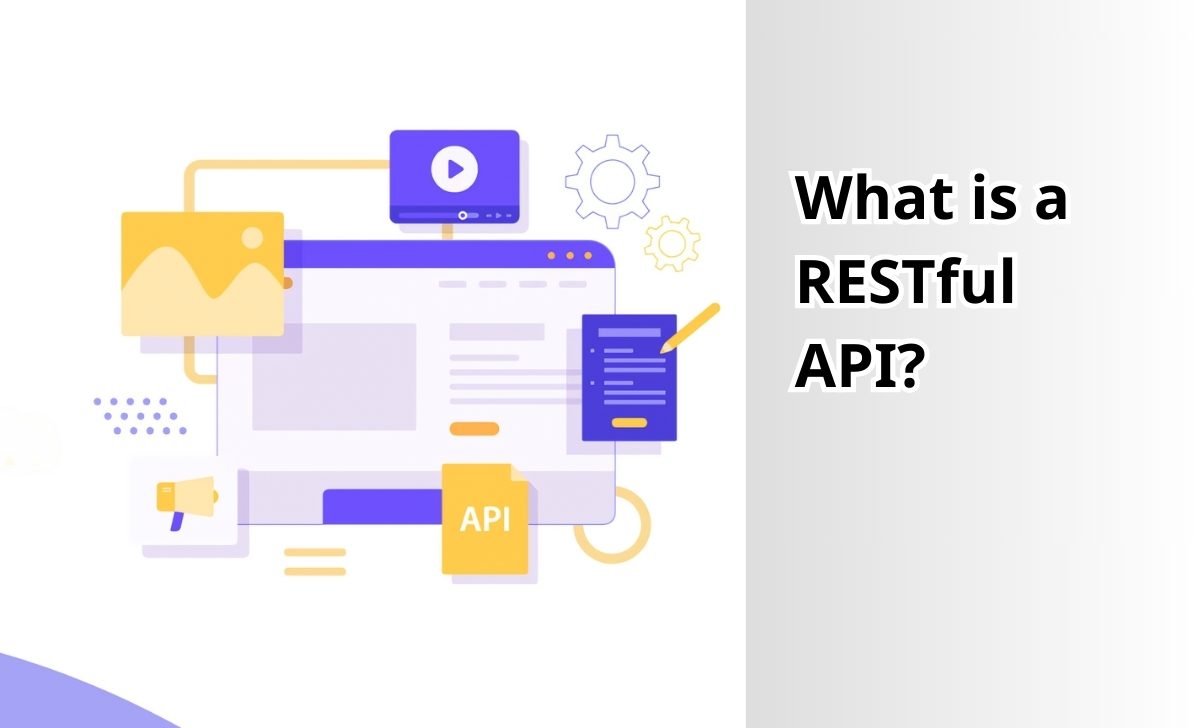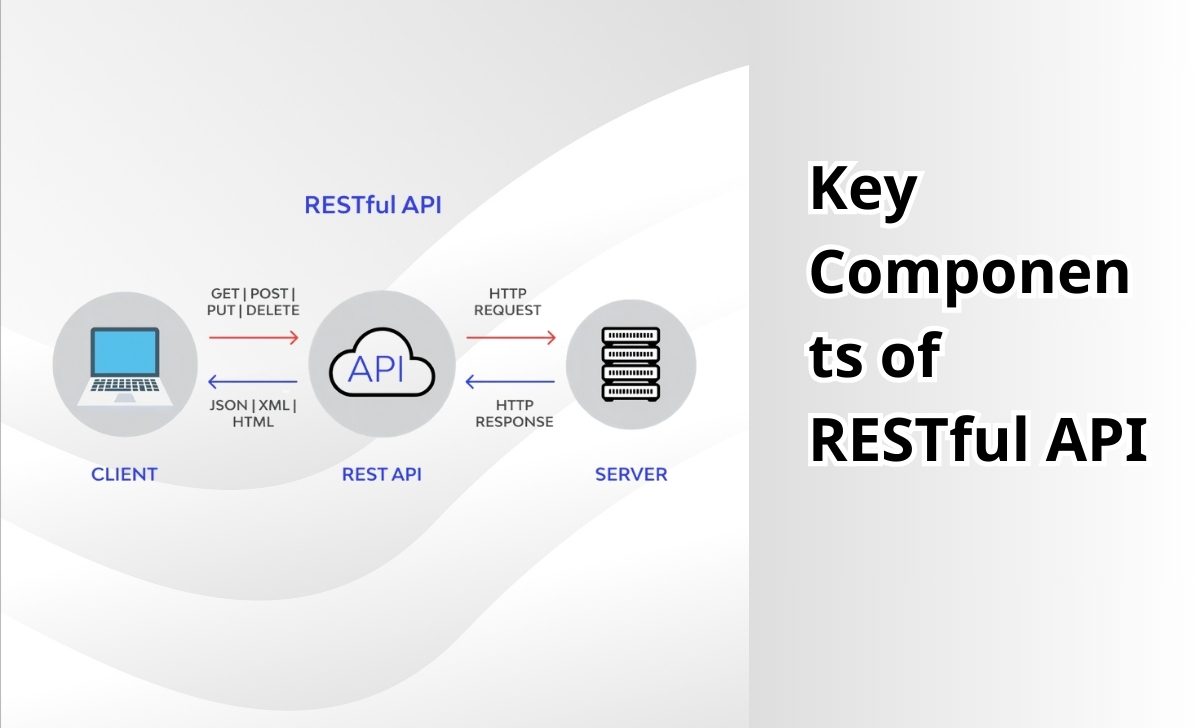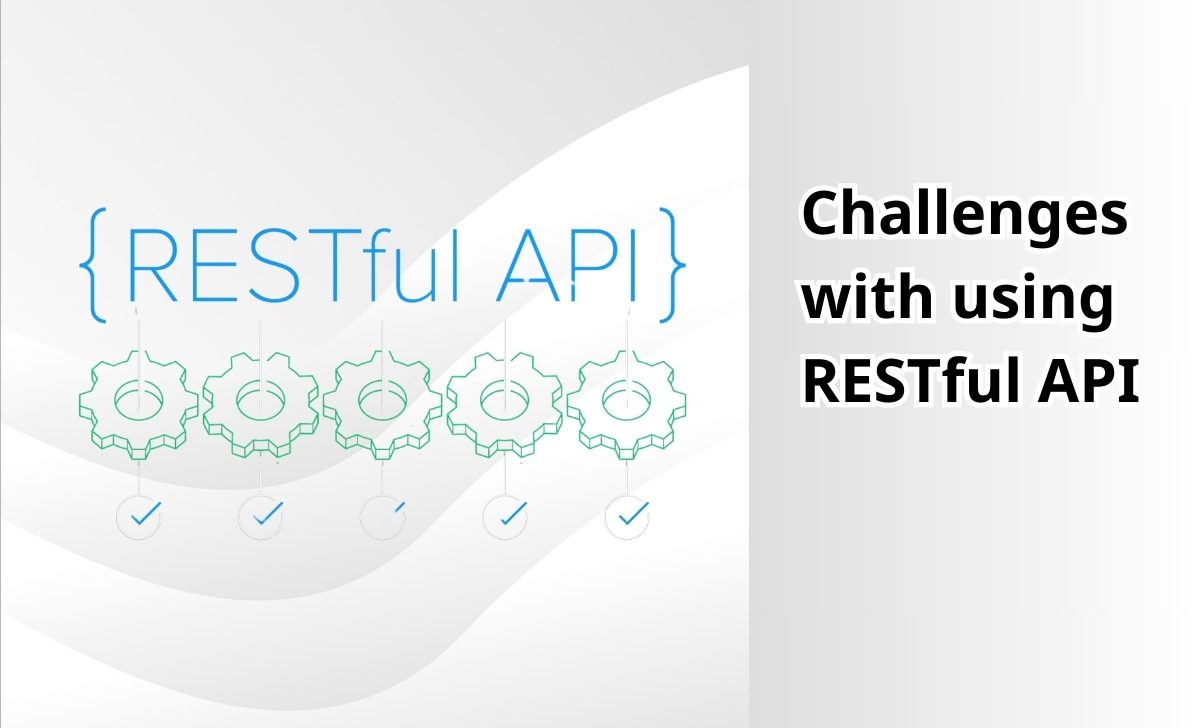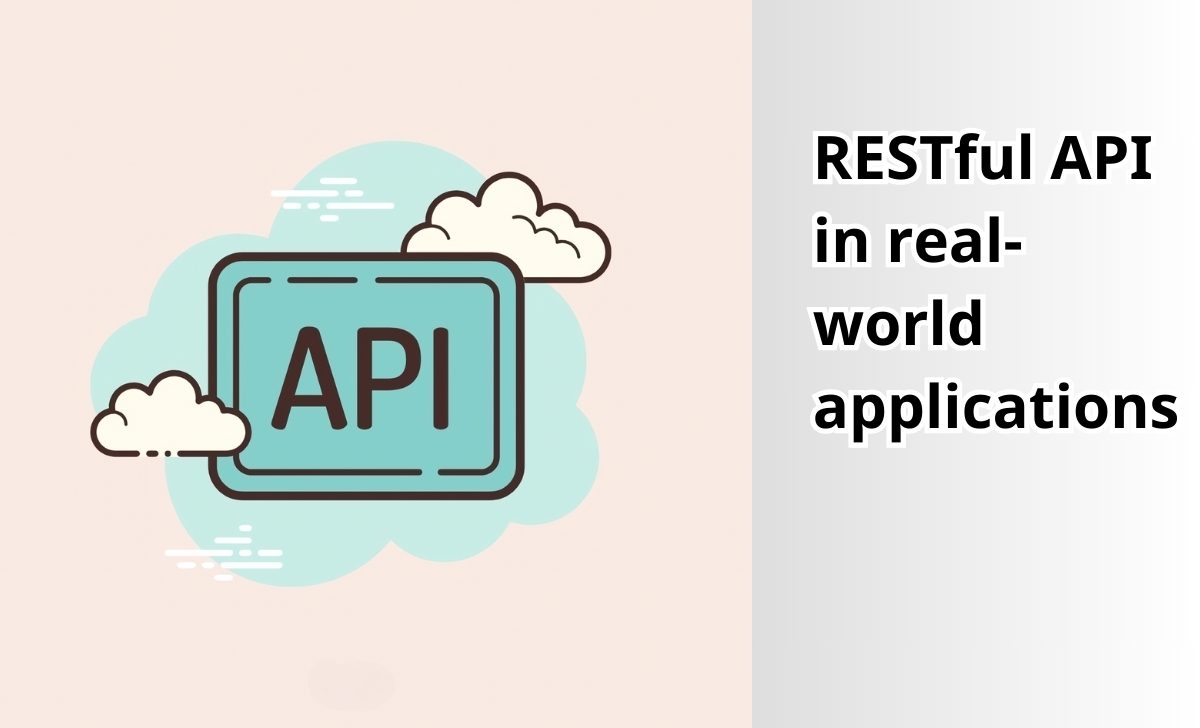RESTful API is a widely-used standard architecture for designing application programming interfaces (APIs). It allows different applications to communicate and exchange data efficiently.
But what exactly is a RESTful API and how does it work? Let’s dive deeper into this concept with AZCoin!
What is a RESTful API?

RESTful API, short for Representational State Transfer Application Programming Interface, is a popular standard in web service design. RESTful APIs use HTTP methods such as GET, POST, PUT, and DELETE to exchange data between web applications. It is a method of designing APIs that allows applications to interact and communicate effectively over the network.
How does RESTful API work?
RESTful API operates by using HTTP methods to send and receive data. When a web application sends a request, the API processes that request and returns a response in common formats such as XML or JSON. This architecture has become a standard for developing web and mobile applications due to its simple and understandable design.
Key Components of RESTful API

RESTful APIs are built on the principles of client-server architecture, statelessness, and cacheability. In this architecture, the client sends a request to the server, and the server processes the request and returns a response to the client.
While this architecture is quite simple and easy to understand, effective design requires a clear grasp of its key components.
- Resource: This is the object that the client wants to access from the server. Resources are identified through a URI (Uniform Resource Identifier) and can be accessed using HTTP methods like GET, POST, PUT, and DELETE.
- HTTP method: This is how the client sends a request to the server. RESTful API supports four main methods: GET (retrieve data), POST (create new data), PUT (update data), and DELETE (remove data). Each method serves a specific purpose in interacting with resources.
- Representation: Each resource can have multiple representations, such as HTML, XML, or JSON. The client can request the server to return a specific representation by using the HTTP Accept header.
- Status code: This is the status code returned by the server after processing the client’s request. RESTful API uses HTTP status codes to reflect the outcome of the request, such as 200 OK for a successful request or 404 Not Found if the resource is not found.
- Hypermedia: These are links between resources that make navigation between them easier. Hypermedia allows clients to automatically discover and access related resources. These links can be formatted in HTML, Atom, or JSON.
In addition to learning about RESTful API, you should also check out other potential projects such as What is SolScan, What is API Integration, What is Digital Gold,…
Benefits of RESTful API
RESTful APIs offer many advantages to developers and businesses:
- Ease of use and intuitiveness: RESTful APIs are designed to simplify data retrieval and request handling. Developers do not need to understand detailed database structures or different programming languages to build APIs. Instead, they can design interfaces that allow applications to interact easily.
- Flexibility and scalability: RESTful APIs are optimized to work over the internet, allowing data transmission via common protocols like HTTP and HTTPS. This provides high flexibility and scalability, enabling applications to easily communicate and interact.
- Time and cost savings: RESTful APIs help developers save time and costs in the application development process. Due to their flexibility and compatibility with existing technologies, developers can quickly and efficiently create applications in a more cost-effective manner.
Challenges with using RESTful API

While RESTful APIs offer many benefits, there are also some challenges to be aware of:
- Scalability: RESTful APIs may encounter difficulties scaling when an application needs to handle a large number of users or high traffic. As the number of requests and users increases, the performance and processing speed of RESTful APIs can be affected, leading to performance issues.
- Security: Although RESTful APIs provide an easy-to-use programming interface, this can also lead to security risks. Developers need to implement strict security measures to protect the API from attacks and vulnerabilities, ensuring that user data and information are securely protected.
- Session management: RESTful APIs do not directly support session management, which can create challenges in authentication and maintaining user sessions. Developers need to implement additional authentication and session management policies to ensure user information is protected and the system operates smoothly.
RESTful API in real-world applications

RESTful APIs have become an integral part of developing modern web and mobile applications. Here are some examples of how RESTful APIs are applied in real-world applications:
Social Media applications
Social media platforms like Facebook, Twitter, and Instagram use RESTful APIs to manage and transmit data between servers and client applications. APIs allow these applications to perform actions such as posting updates, interacting with other posts, and receiving real-time notifications. RESTful APIs help synchronize user data, manage personal profiles, and provide efficient search functionalities.
E-Commerce services
In e-commerce applications such as Amazon and eBay, RESTful APIs are used to manage transactions, products, and orders. APIs enable applications to interact with product databases, process payments, and track order statuses. This helps e-commerce services provide a smooth and continuous shopping experience.
Banking and financial applications
RESTful APIs are crucial in banking and financial applications, where they support functions such as checking account balances, making transfers, and managing transactions. For example, banks use APIs to integrate financial services with third-party applications, allowing users to check accounts, pay bills, and conduct banking transactions from mobile devices.
Conclusion
AZcoin hopes this article helps you understand RESTful APIs better and how they can benefit your projects. If you have any questions or need more information, feel free to contact us for assistance!

I am Louis Dang, living in Ottawa, Canada. I am currently working as a trader for AZCoin company, with 7 years of experience in the cryptocurrency market, I hope to bring you useful information and knowledge about virtual currency investment.











